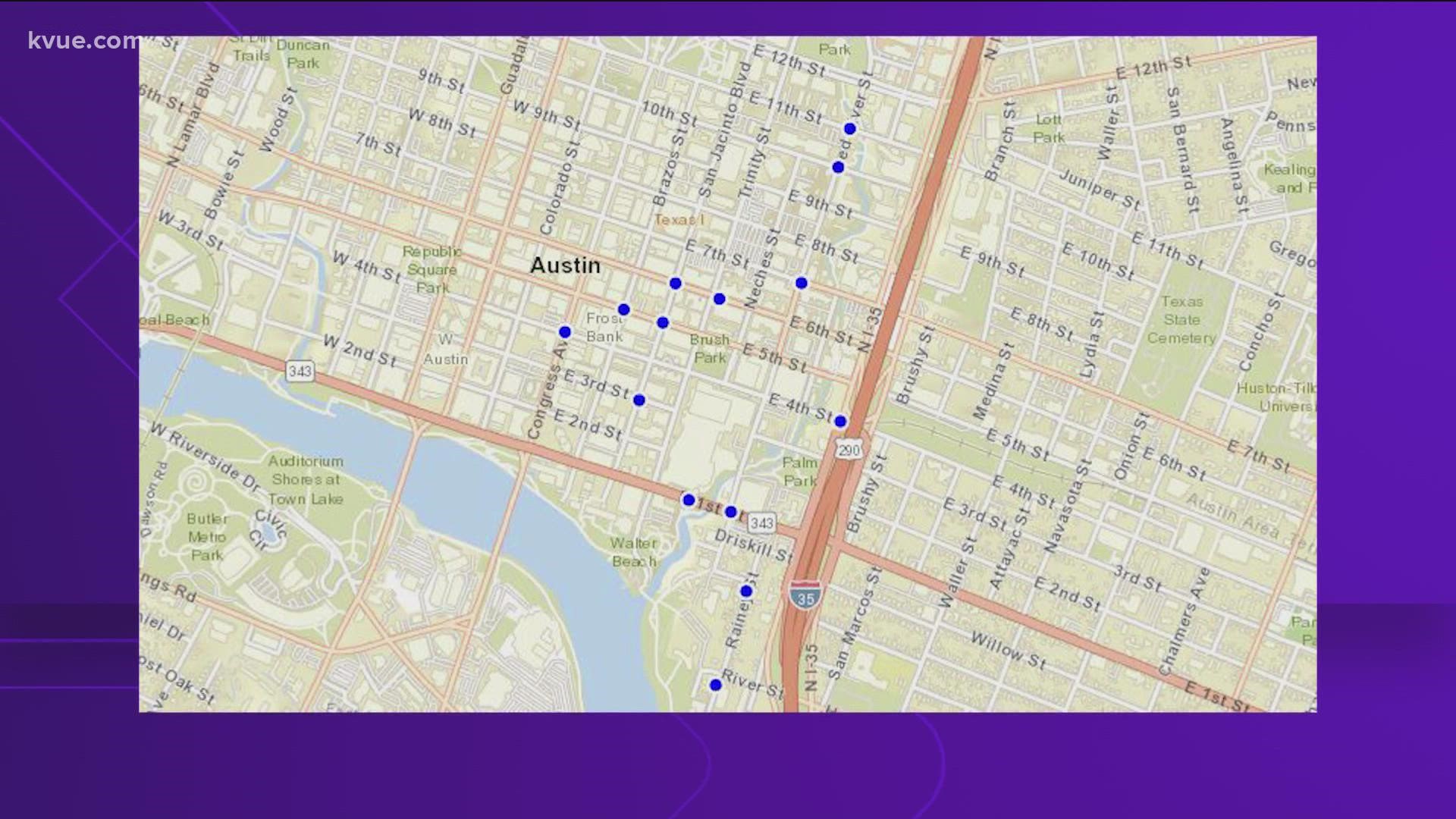AUSTIN, Texas — The City of Austin's Paramedic Practitioner Program (PPP) is expanding its services.
The City said Monday that the PPP is now a two-person emergency services team for people experiencing homelessness and other vulnerable populations. The program is expected to continue hiring staff and expanding its current services this year.
"Austin/Travis County has a lot of gaps among the vulnerable populations," said Travis Baker, senior paramedic practitioner and clinical manager for the PPP. "This program delivers care that can help bridge the difference between critical care services and services that can be taken care of on-site such as stiches, IV fluids, burns, issues with asthma and other illnesses."
According to the City, while Baker responds to medical issues, he also hands out information to people experiencing homelessness on how they can access support services, housing information and social services.
The City said the PPP currently treats between 100 and 200 patients per month, mainly on the streets. The team travels in an emergency response vehicle that is equipped with medical equipment, allowing them to meet and treat patients at the site of their emergencies.
About a third of the PPP team's patients are people experiencing homelessness.
"We have a large population living in Austin that knows of no other way to access medical care than to contact 911," said Chris Brown, an EMS physician assistant for the PPP. “Often times, a Paramedic Practitioner is the only provider they have seen in a long period of time and we are fortunate enough to be able to take time to listen to their complaints and medical issues and assist in their care."
According to the City, data has shown that 30 to 40% of all 911 calls are non-life-threatening calls that may not require ambulance transport to a hospital. That's where the PPP comes into action.
The City said the most common calls the team responds to are for abscesses, burns, chronic wounds, illnesses, skin infections, worsening of existing conditions such as asthma and chronic heart conditions and minor injuries such as cuts or sprains. Baker said while many of his patients have less serious needs, some have required and received urgent, life-saving care and patients who require immediate hospital care are still taken to an emergency room via ambulance.
The City said the PPP helps relieve emergency room congestion and ease the workload of Austin-Travis County EMS responders by allowing them to focus on critical care emergency calls that require hospital transportation. The program also helps manage growth and response times.
The City said the PPP saves time and money for the patients, taxpayers and the City and Travis County by costing approximately one-fourth of the cost to operate than if an ambulance responded, being approximately one-tenth of the cost of a fire truck responding to calls for medical help and decreasing unnecessary ambulance transports and costly ER bills.
The PPP team receives requests from other ambulance crews and from community health paramedics, according to the City. The team also has access to the 911 dispatch system, where they can respond where needed and self-assign calls to their unit.
Britny Eubank on social media: Twitter
PEOPLE ARE ALSO READING:
- Timeline: Severe storms possible Monday afternoon and evening
- California beverage company moving headquarters to Kyle, Gov. Abbott announces
- Texas This Week: 'We're essentially mall security,' James Barragán discusses conditions for service members in Operation Lone Star
- 'We just have so many people carrying guns' | Austin mayor responds to Sixth Street shooting

